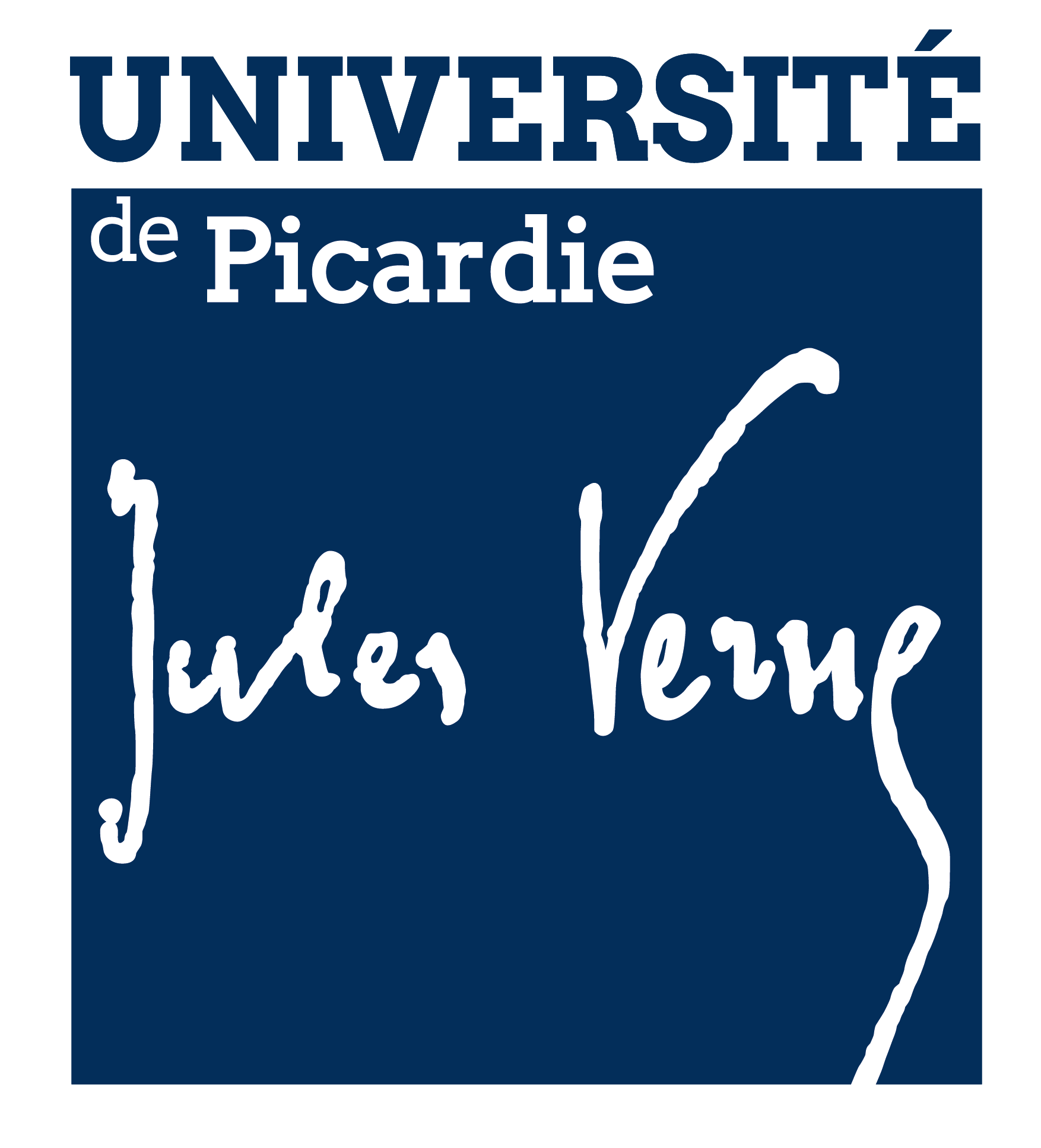Oligogalacturonide production upon Arabidopsis thaliana – Botrytis cinerea interaction
Résumé
Despite an ever-increasing interest for the use of pectin-derived oligogalacturonides (OGs) as biological control agents in agriculture, very little information exists-mainly for technical reasons-on the nature and activity of the OGs that accumulate during pathogen infection. Here we developed a sensitive OG profiling method, which revealed unsuspected features of the OGs generated during infection of Arabidopsis thaliana with the fungus Botrytis cinerea. Indeed, in contrast to previous reports, most OGs were acetyl-and methylesterified, and 80% of them were produced by fungal pectin lyases, not by polygalacturonases. Polygalacturonase products did not accumulate as larger size OGs but were converted into oxidized GalA dimers. Finally, the comparison of the OGs and transcriptomes of leaves infected with B. cinerea mutants with reduced pectinolytic activity but with decreased or increased virulence, respectively, identified candidate OG elicitors. In conclusion, OG analysis provides insights into the enzymatic arms race between plant and pathogen and facilitates the identification of defense elicitors. oligogalacturonides | plant-pathogen interaction | Arabidopsis thaliana | Botrytis cinerea | pectin lyase T he cell wall forms the first line of defense in the interaction of plants with their microbial environment. Cell walls consist of complex polysaccharide networks, which combine multiple functional properties such as strength (to resist turgor pressure), ex-tensibility (to allow growth), as well as protection against microbial attack. Such protection involves so called "basal immunity," which is triggered upon recognition of pathogen-associated molecular patterns but also of plant-derived molecules associated with infection, referred to as damage-associated molecular patterns (DAMPs). The latter include cell wall-derived oligosaccharides with elicitor activity (also called oligosaccharins) (1) that are produced during infection with microbes and, in particular, necrotrophic bacteria and fungi, which feed on cell walls and have large arsenals of cell wall-degrading enzymes (2). A major source of cell wall-derived DAMPs are pectins. The pectic polymer, homogalacturonan (HG) for example, represents in Arabidopsis 20% of the wall of growing cells. HG is a linear polymer of α-1-4-linked galacturonic acid (GalA) residues secreted in a methylesterified (on C6) and often acetylesterified (on C2 and/or C3) form (3), which can be enzymatically deacetylesterified by pectin acetylesterases and demethylesterified by pectin methyl-esterases (PMEs) in muro (4). Demethylesterification exposes the polymer to degradation by polygalacturonases (PGs) and pectate lyases (PLs, that cleave unmethylesterified HG by β-elimination, thus generating an unsaturated bond at the nonreducing end), which can be of plant or fungal origin. HG demethylesterification plays a key role in the control of cell wall rheology underlying plant growth (5). In addition, HG turnover generates oligogalacturonides (OGs)
| Origine | Fichiers éditeurs autorisés sur une archive ouverte |
|---|
Loading...
